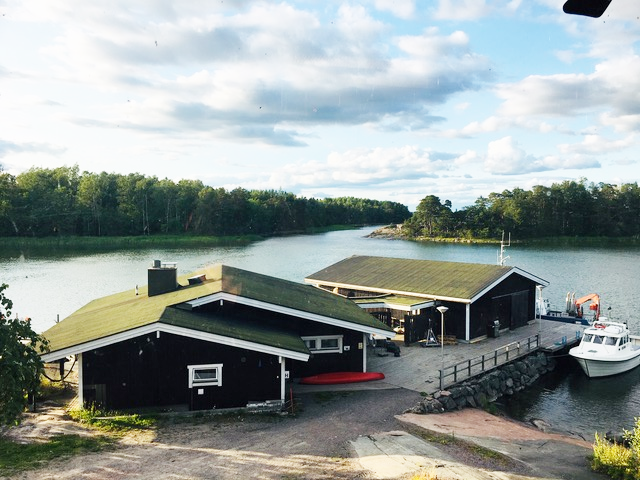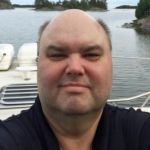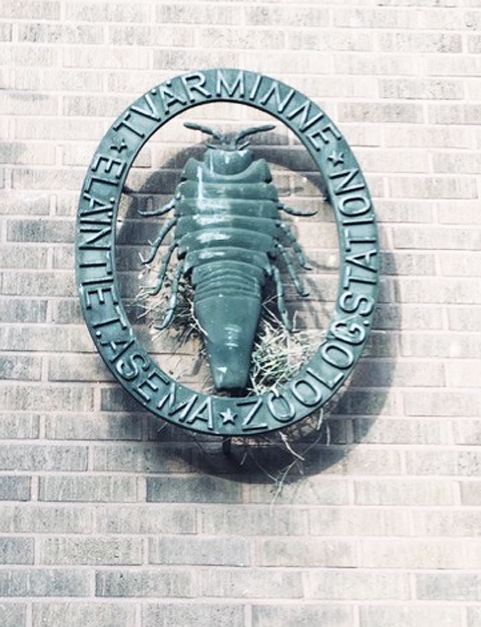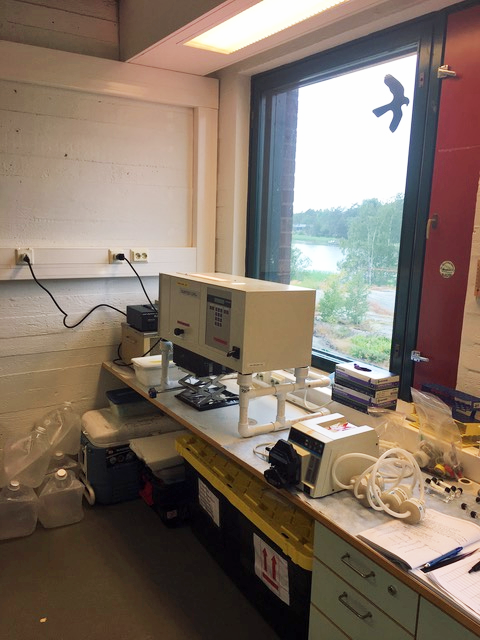Editor’s note: UGA Skidaway Institute professor Jay Brandes and graduate student Kun Ma are on a three-week trip to a marine lab in Finland and sent this update.
My graduate student, Kun Ma and I arrived in Finland on Tuesday after an overnight flight. We are staying at the TVÄRMINNE ZOOLOGICAL STATION
as part of a multi-national experiment taking place there for the next 3 weeks.


Jay Brandes
The experiment involves mesocosms, very large containers of seawater that are used to conduct different experiments. Think of a very large (10 feet across, maybe 30 or more feet deep) aquarium that is floating in a bay. It is isolated from the surrounding waters but is at the same temperature and experiences the same environmental conditions as the surrounding bay waters. There are 16 of these mesocosms here. The experiment here involves adding nutrients and organic matter to test for how the ecosystems here respond to eutrophication (pollution by fertilizers, generally from farms). It will go for 3 weeks, and other people here are busy measuring the levels of nutrients and the changes in biology taking place in the experiments.
The station we are at was founded a century ago, making it one of the oldest continuously running marine stations in the world. They have a continuous record of temperature and salinity dating back to the early 1900’s! At that time this area was a part of Russia. It has an interesting logo, with an isopod (sort of like a large pill bug) that is common in the sea here as its symbol.

There are about 100 people working here, and unlike Skidaway Institute, there are groups doing terrestrial research, on subjects like ant behavior. Climate change is a big topic. The Baltic sea here is nearly fresh (salinity is about 1/5 of values around Skidaway Institute) but has a lot of people living around it, so excess nutrients have caused unwanted algal growth (eutrophication) and low oxygen in bottom waters. Therefor the interest in conducting the experiments we are a part of.
We are here to measure the interactions of light with the organic matter in these mesocosms , as time goes on in the experiment. So we have brought our solar simulator with us and have set up in a very nice laboratory with a beautiful view.

So far the biggest problems have been with getting the electrical power to work with our simulator, it uses so much electricity that our adaptors burned out! But with the help of the folks here we are back in business today.



One comment on “Postcard from Finland”